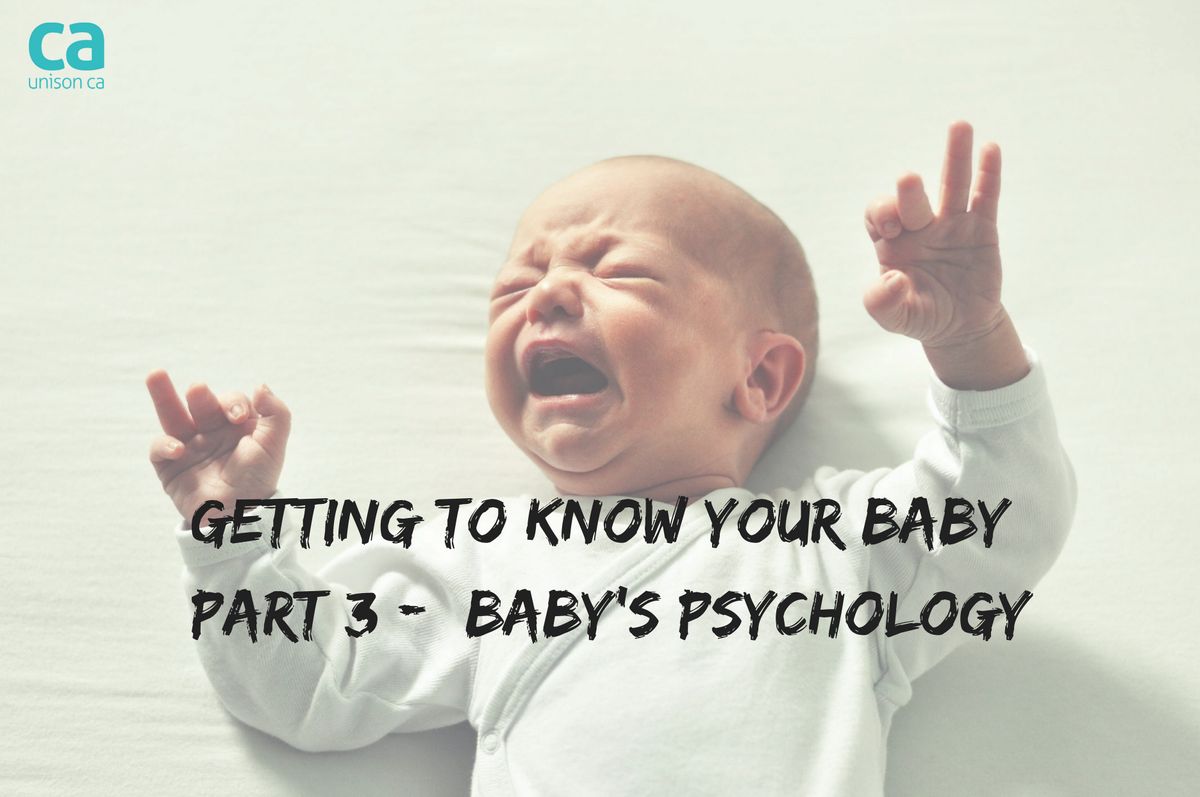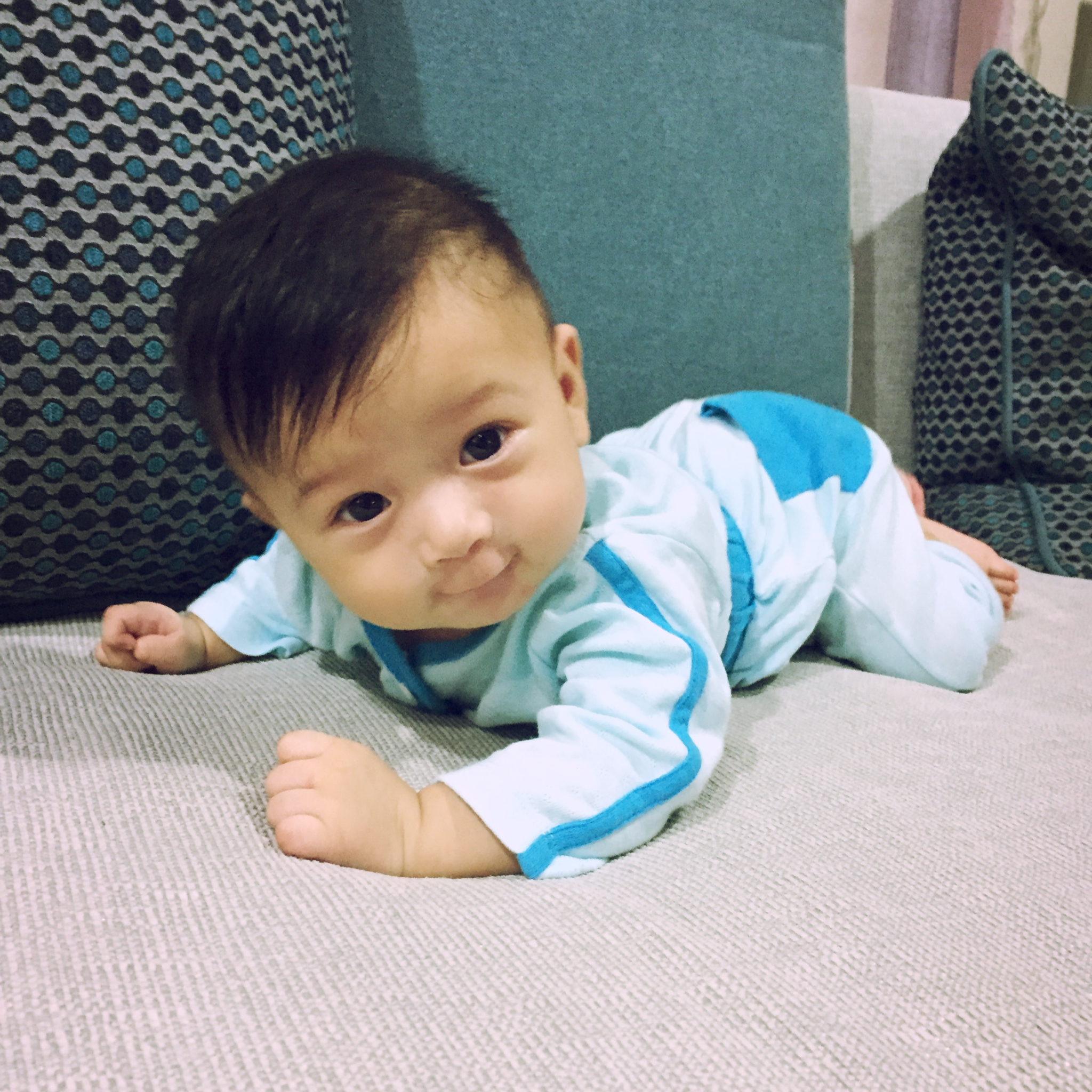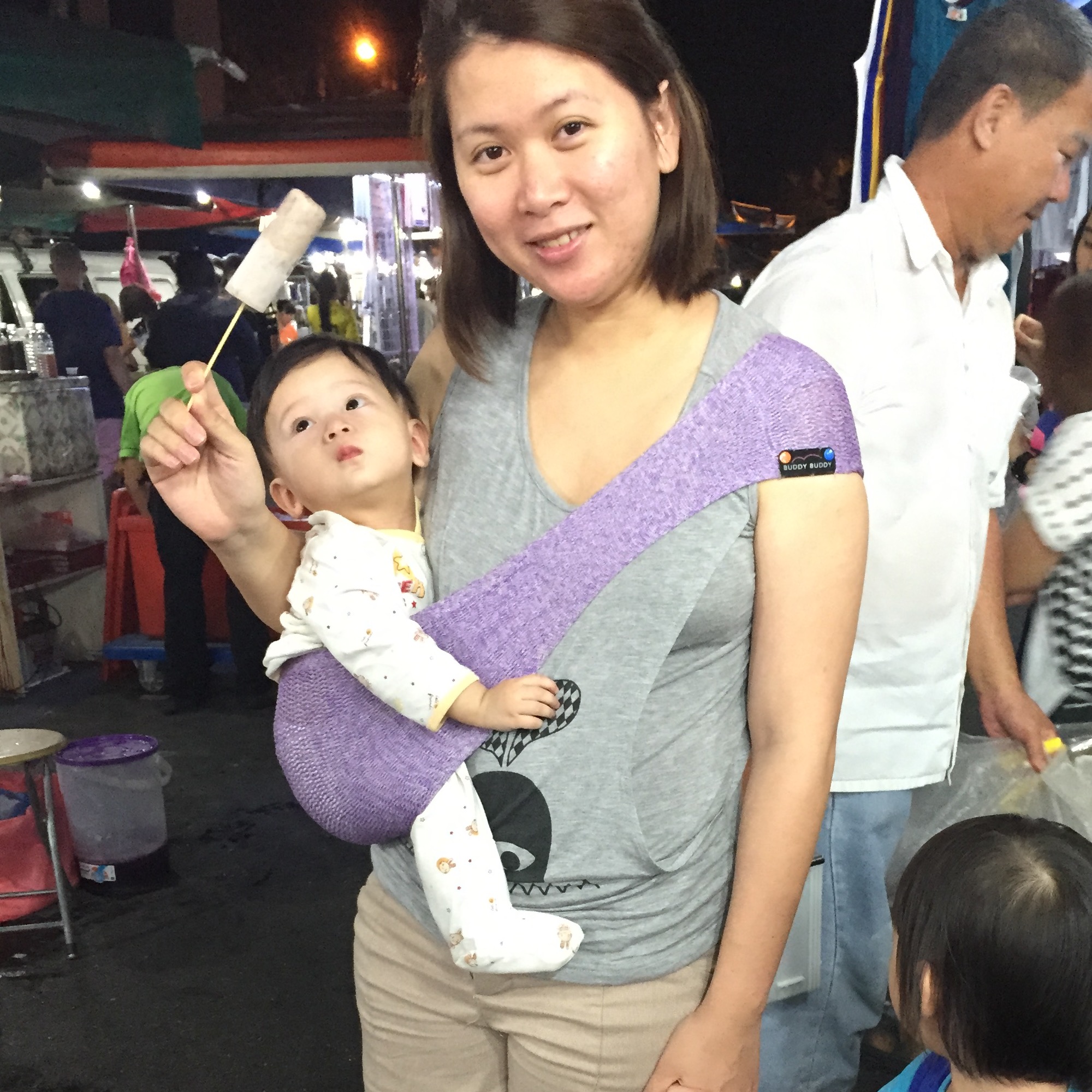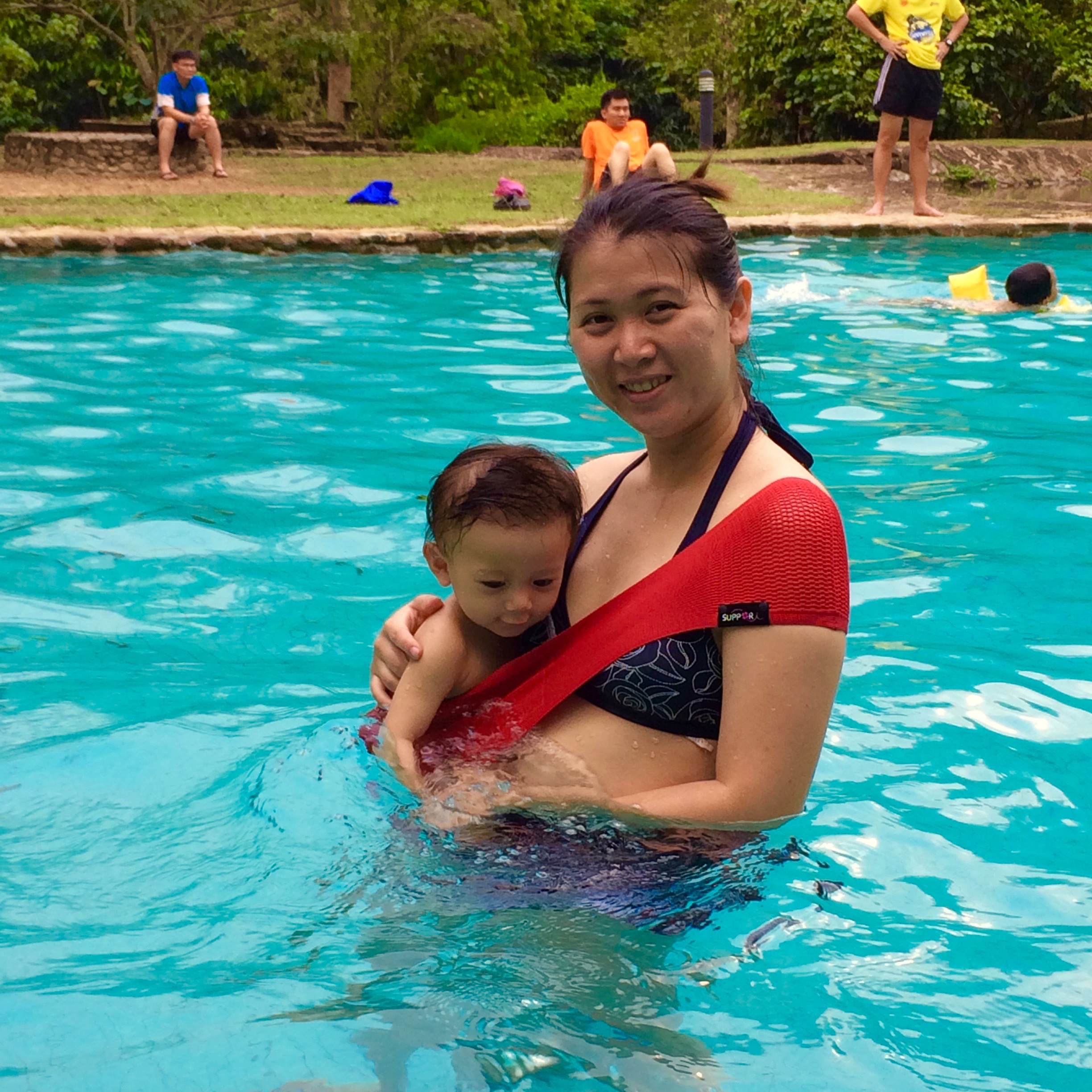
In Part 1 and Part 2, we talked about the baby Vision Development and their Brain Development and how it impact with the way you use a baby carrier.
Now, let us also look at the baby’s Psychological Development. When a baby is born, their first experience to this world is through the hugs of their parents (especially their mother’s). Imagine if you are moving to a new place, wouldn’t you subconsciously want to find comfort in something that you can depend on? That is basic human behaviour.


Whether its hunger, discomfort, fear or any other reasons that caused anxiety in a baby, their first instinct is to seek comfort in their parents’ arms. That is why they want to be carried, to be soothed, until they feel safe and secured towards their surroundings. This is also an essential link towards their learning in becoming independent.
When they are being soothed, babies feel safe, secure and loved which plays an important role for brain connections to form properly. If this phase is incomplete, it might bring upon negative impact for their emotional well-being in later stages of life.
Throughout their growth, they gradually see better and further, and becomes more curious to their surroundings. At this stage, parent’s facial expressions plays a significant role.
One of the most fascinating studies to prove this was by psychologists Eleanor J. Gibson and R.D. Walk, who in 1960 devised a clever experiment dubbed the visual cliff study: The researchers placed 36 babies, one at a time, on a countertop, half solid plastic covered with a checkered cloth and half clear Plexiglas, on the other side of which was the baby’s mother. To the baby crawling along the countertop, an abyss gapes open where the Plexiglas begins, signaling danger of falling, yet the solid feel of the surface offers ambiguous input. “Will I fall, or will I reach mom?,” the baby ponders.

The researchers found that to make the assessment, the babies relied on the mothers’ facial expression — a reassuring, happy one meant they kept crawling, and an alarmed, angry one made them stop at the edge of the Plexiglas.

Hence to a baby who is still adventuring the world, it is an entirely different perspective from being carried to being in a pushchair. When we carry them, they can observe us closely and process what they are seeing based on our expressions. At the same time, we are also providing them the physical warmth and love to build strong parent-child bonding. Whereas in a pushchair, they are looking upwards and the messages they receive is entirely different.
In my next chapter Part 4 (final), i am going to talk about babies Physical Development, and the summary.
